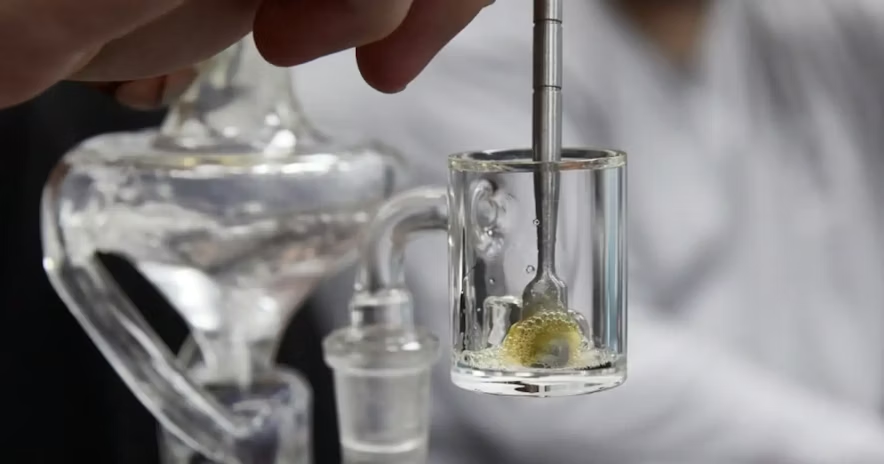Ever fumbled with a bulky pipe when a quick, discreet puff was all you needed? That annoyance is exactly why buyers keep comparing one-hitters and spoon pipes. Both promise simplicity, yet each solves a different pain point—from stealthy micro-dosing on the road to relaxed, full-bowl sessions with clients.

One-hitter vs spoon pipe: a one-sentence verdict
A one-hitter is a slim, cigarette-sized tube built for a single draw of dry herb, while a spoon pipe is a palm-filling bowl-and-stem combo that delivers several hits before re-packing—think stealth versus convenience in daily wholesale orders.
Let’s dive in and see which form factor truly fits your customers’ needs.
What is a one-hitter vs spoon pipe?
Most glass one-hitters resemble a 8-10 cm glass straw with a pin-hole bowl at one end—easy to pocket, almost no smell. A spoon pipe, in contrast, bulges at the front like a culinary spoon: wide bowl, side carb, and thicker borosilicate walls.
A one-hitter is a single-dose, straight glass tube; a spoon pipe is a hand-held bowl with carb, holding 4-6 times more herb per pack.
Why does it matter?
For traveling buyers or regions with strict paraphernalia rules, a one-hitter keeps inventory light and discreet. Spoon pipes shine in lounge-style retail where patrons value fuller draws and custom colorwork that boosts average order value.
Choosing the right form factor means balancing stealth (one-hitter) against session length and upsell potential (spoon pipe), directly affecting shipping costs, turnover, and compliance risk.
How to choose the right one?
- Use case – airport layovers vs. backyard gatherings.
- Herb capacity – 0.1 g vs. 0.5 g.
- Cleaning cycle – Q-tip wipe vs. soak-and-shake.
- Legal zone – paraphernalia fines vary by state CDC OSHA.
Match pipe style to local laws, consumption volume, and cleaning labor; always verify borosilicate certification with suppliers for heat safety.
What mistakes should beginners avoid?
Many first-time buyers treat both pipes the same—over-packing, torching herb, or forgetting the carb on a spoon, leading to harsh hits and cracked glass NIDA.
Avoid over-heating thin one-hitters, neglecting carb use on spoons, and skipping isopropyl cleaning; these errors shorten lifespan and anger end-users.

Dive deeper
Material & durability
Borosilicate (SiO₂ ≈ 80 %) resists thermal shock up to 525 °C [SGT]. Request 3 mm wall thickness certificates for spoons; 2 mm suffices for one-hitters.
Cost-per-hit math
A 48-pack of one-hitters (average 10 g total capacity) ships at 1.2 kg. Equivalent spoon capacity requires 160 g more glass, bumping freight by ~18 %—small on one carton, big on pallets.
Cleaning & maintenance workflow
One-hitters: wipe, blow, done. Spoon pipes: soak in 91 % ISO for 15 min, then rinse—adds labor but supports upsell of cleaning kits FDA.
Legal & travel considerations
Several U.S. states classify residue-bearing pipes as paraphernalia; disposable one-hitters mitigate seizure risk during trade-show travel Cancer.gov. NORML maps can guide retailer signage NORML.
Supplier checklist
- MOQ ≤ 100 pcs per SKU
- Drop-test video at 1 m height
- Lead-free color frit certificate EPA
- 7-day breakage refund (CloverGlass policy)
- Custom logo laser-etch ≤ 500 pcs
Conclusion
If your buyers crave stealth and minimalism, stock the one-hitter. When they favor fuller flavor and expressive colorwork, the spoon pipe wins. Either way, insist on genuine borosilicate and supplier breakage guarantees—your margins and their lungs will thank you.






